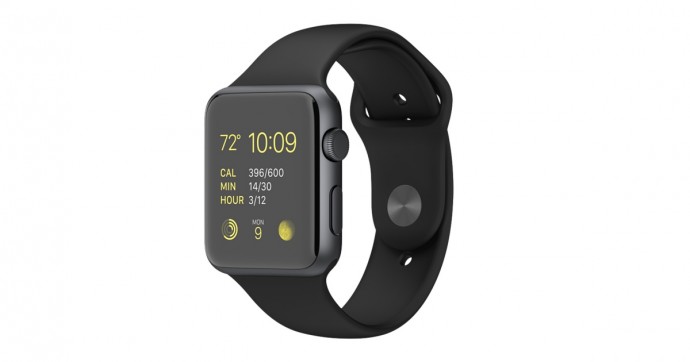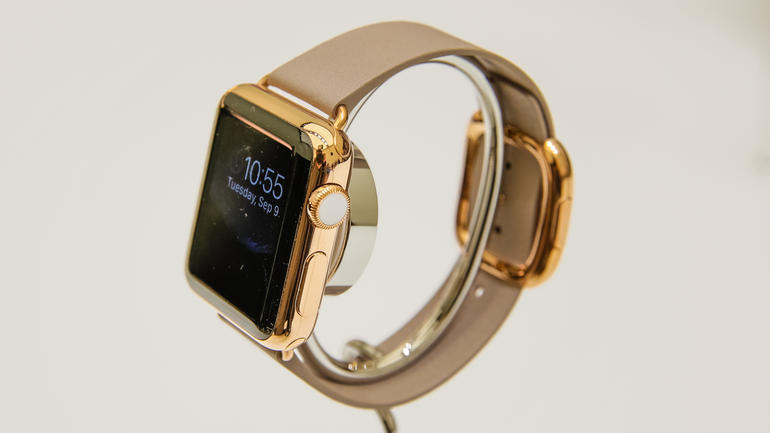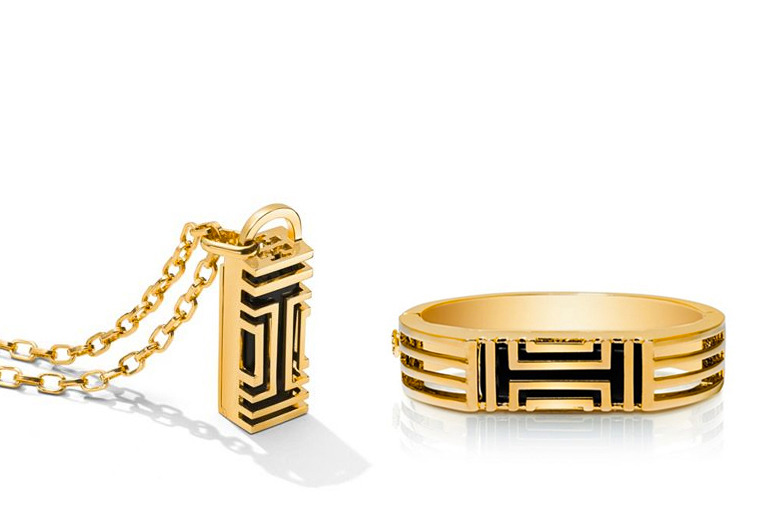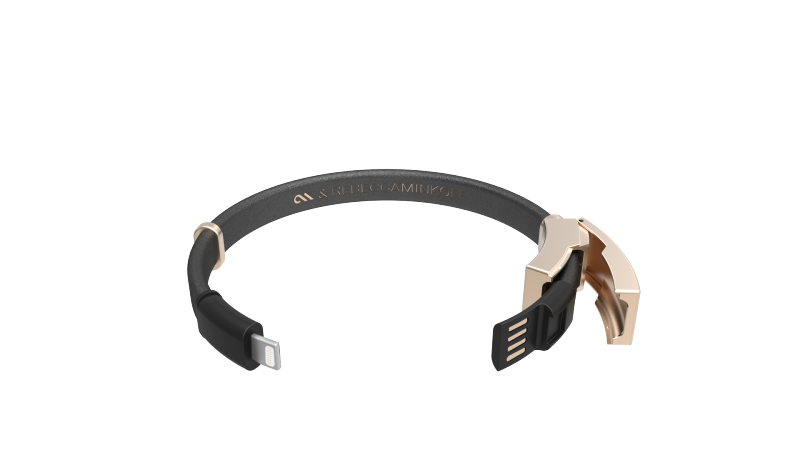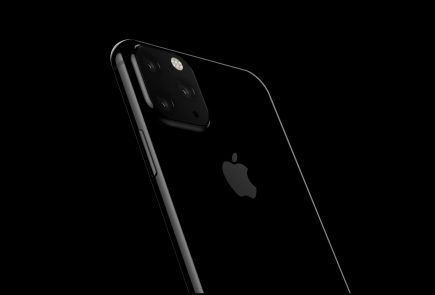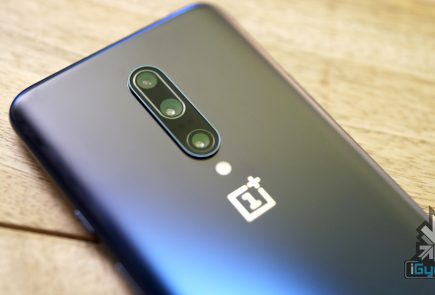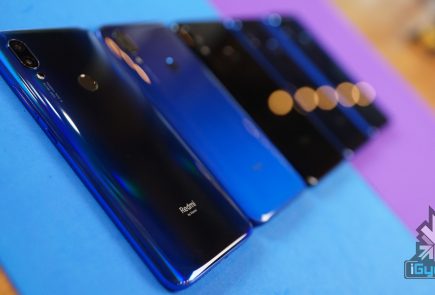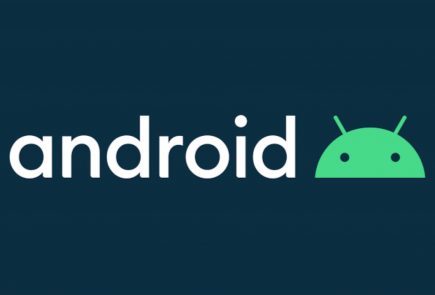Edit: Will ‘Tech Wear’ Work?
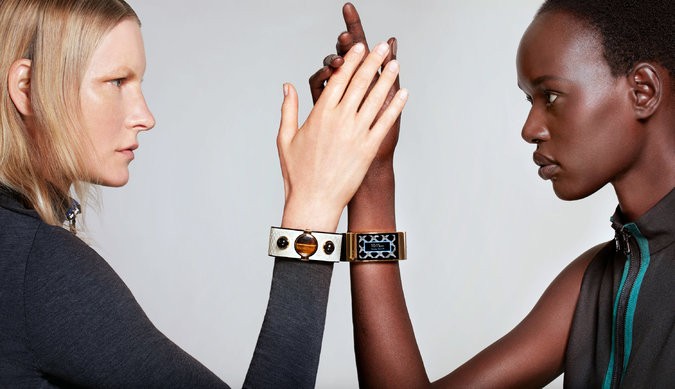
‘Tech Wear’ is a relatively new concept that perhaps began with the introduction and launch of the Google Glass on April 4, 2012. There was a huge frenzy about the Google Glass and the things it promised its wearer – such as direct visual access to friends, schedules and Internet. But Google Glass did not work. Why? What makes products like Google Glass, the Neptune Pine, the Pebble, fitness trackers and other technological wearables not popular enough to cater to the taste of the general public?
Firstly, these are luxury products. They cater to the needs of the general public but make themselves available to only a certain strata of society. For example, the Apple Watch is created in order to make interaction simpler and intimate. One doesn’t have to constantly be on their phones in order to check the time, reply to emails, take calls, respond to text messages etc, instead all these activities can be completed by a few glances and voice notes. Here is the catch, you have to have an iPhone (or any product by Apple) too so that all the information from your device can get synced to this new iWatch.
To get an idea of the approximate amount of money we might have to spend to buy an iWatch and support it, let us look at its INR value. The Apple Watch Sport Edition: Expected price tag in India for 38mm case model is Rs. 25000 and for the 42mm case model is Rs. 30000, plus the other Apple product to support it, for example an iPhone 6 (Silver 16GB) which is Rs.42,920 (on Ebay). The total amount would be Rs. 67,920. The prices differ in different countries and the accessibility of the product also differs, but to the average Indian, an iPhone update makes no serious change to his lifestyle.
Secondly, even with a large portion of the world being able to afford tech wear, they are still looked at sceptically or cautiously by investors. Why? What makes a product stable in the market? The necessity of a product. Although, further research shows a changing trend in the demands of the consumers. Fashion experts say that most of these products look ugly, in fact, the New York Times even tagged them as ‘ugly tech’ instead of ‘wearable tech’.
The consumer’s taste is now much more sophisticated than it used to be, he/she is not going to wear anything on his wrist that looks like a mini Kindle. And this is where Apple comes in with its slick and fashionably created Apple Watch. The ‘iWatch’ comes in various belts, both leather and metal, and is styled in a way that is appealing to all. Perhaps following suit are smaller fashion-focused tech companies, with a handful of partnerships between tech companies and big-name fashion brands.
So far, the investors and critics were skeptic of these wearable products, but now with the coming of the fashionable and efficient iWatch, their predictions have changed. Gene Munster, managing director and senior research analyst at Piper Jaffray, predicted a 3 million dollars’ worth Apple Watch sale on 9to5mac.com, and thinks that 2017 will be the device’s ‘breakout’ year. What changed?
The reviews for the Apple Watch have been somewhat stable; most of the critics encourage the use of this wearable technology that is more compact, fashionable, efficient, modern, and advanced in its settings and features. For example, the product description states that the custom-designed chip at the heart of the Apple Watch is encapsulated in the resin to protect the electronics from the elements, impact and wear. Configuring an entire computer system on a single chip is an industry first; settings like these and many others make the Apple Watch user friendly. Although despite this commendable attempt by Apple, critics still suggest that there is room for improvement as far as speed, efficiency and battery life are concerned but that these are problems that can be rectified by perhaps an iWatch 2.
Similarly, The New York Times states that earlier this year Fitbit announced a partnership with the designer Tory Burch to make fitness trackers stuffed inside a hinged bracelet and pendant necklace. Google Glass has partnered with DVF and Luxoticca to make the geeky specs, stylish. Rebecca Minkoff and Case-Mate announced a new line of techie jewellery, including a gold bracelet that pairs with a smartphone. Intel has also partnered with Barney’s New York and Open Ceremony to create a bracelet with a curved sapphire screen and built-in wireless radios called the MICA (My Intelligent Communication Accessory.)
As far as reviews are to be trusted, they give us a realistic take on the new influx of wearable technology and its appeal. What has changed therefore, is the taste of the consumer and now that modern technology is being able to steadily cater to it, wearable technology might actually carve a stable niche for itself in the years to come.

















